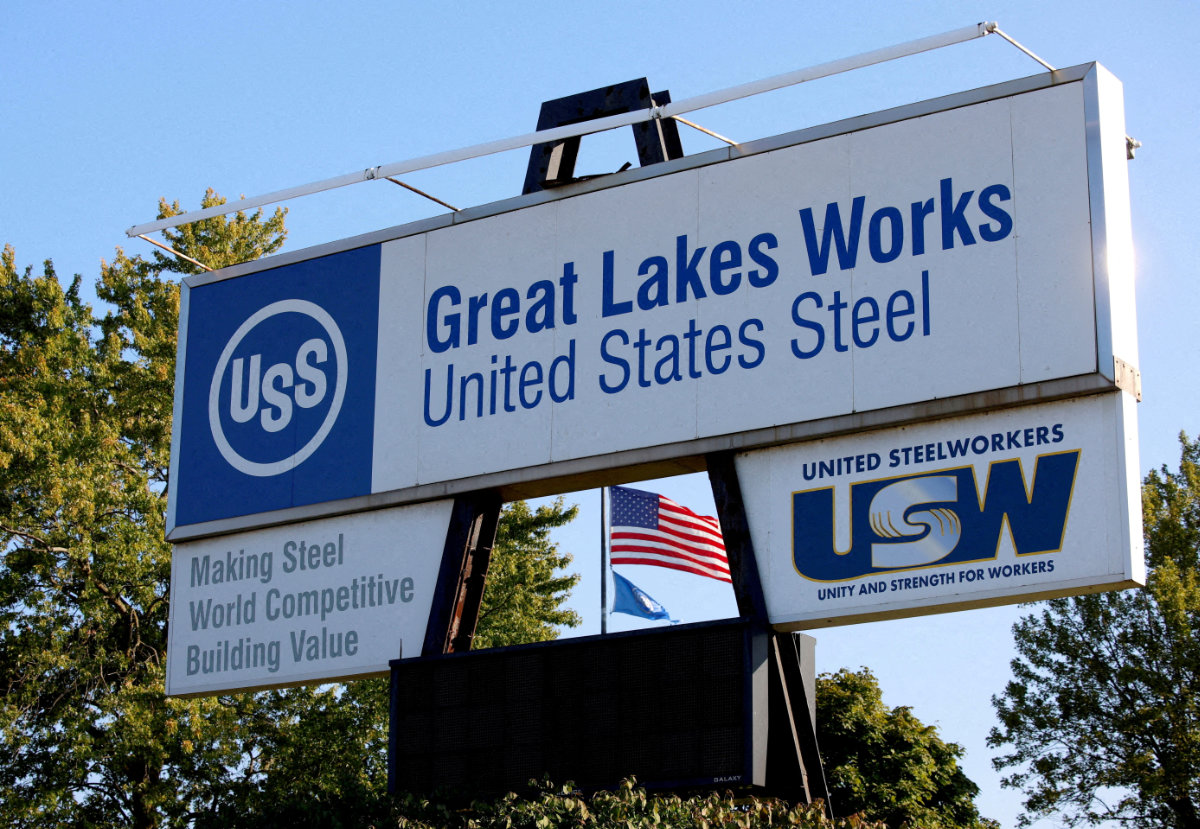SEOUL: North Korea sent hundreds more trash-carrying balloons over the border, Seoul’s military said Monday, after Kim Jong Un’s powerful sister warned of further responses if the South keeps up its “psychological warfare.”
In recent weeks, North Korea has sent hundreds of balloons into the South, carrying trash like cigarette butts and toilet paper, in what it calls retaliation for balloons laden with anti-Pyongyang propaganda floated northwards by activists in the South, which Seoul legally cannot stop.
The South Korean government this month fully suspended a 2018 tension-reducing military deal and restarted loudspeaker propaganda broadcasts along the border in response to Pyongyang’s balloons, infuriating the North which warned Seoul was creating “a new crisis.”
Kim’s sister and key government spokeswoman Kim Yo Jong said in a statement released early Monday that South Korea would “suffer a bitter embarrassment of picking up waste paper without rest and it will be its daily work.”
In the statement carried by the official Korean Central News Agency, she slammed the activists’ leaflets as “psychological warfare” and warned that unless Seoul stopped them and called off the loudspeaker broadcasts, the North would hit back.
“If the ROK simultaneously carries out the leaflet scattering and loudspeaker broadcasting provocation over the border, it will undoubtedly witness the new counteraction of the DPRK,” she said, referring to both countries by their official names.
Seoul’s military said the North had sent more than 300 trash-carrying balloons overnight, but that the winds had not worked in Pyongyang’s favor.
“Although they launched over 310 balloons many of them flew toward North Korea,” the Joint Chiefs of Staff said, adding that around 50 had landed in the South so far, with more expected.
They said that the latest batch of trash balloons had been found to contain waste paper and plastic, but nothing toxic.
“So far we haven’t seen any special movement within the North Korean military,” a JCS official said, adding that they assessed that the level of threat in Kim Yo Jong’s statement seemed different from in the past.
But even so, Seoul’s “military will respond sufficiently to any new (North Korean) countermeasures,” they said.
The statement from Kim’s sister shows that “North Korea is raising its voice in order to shift the blame for the current situation to South Korea and also to justify their provocation,” Kim Dong-yub, professor at the University of North Korean Studies in Seoul, said.
The cycle of escalation will likely continue and “North Korea will do something beyond our imagination,” Kim said.
Pyongyang could do “something creative like throwing flour (which) will cause absolute panic in the South which they will be happy about,” Kim added, referring to the possibility of the North faking a biological attack on the South.
The tit-for-tat balloon blitz started in mid-May when activists in the South — including North Korean defectors — sent dozens of missives carrying anti-Kim propaganda and flash drives of K-pop music northwards.
In 2018, during a period of improved inter-Korean relations, the leaders of the two Koreas agreed to “completely cease all hostile acts,” including stopping the leaflets and broadcasts.
The South Korean parliament passed a law in 2020 criminalizing sending leaflets to the North, but activists did not stop and the law was struck down by the Constitutional Court last year as an undue limitation on free speech.
In 2018, Seoul also dismantled some of the loudspeakers, a tactic that dates back to the Korean War and which infuriates Pyongyang, which previously threatened artillery strikes against the loudspeaker units unless they were switched off.
Both sides are now facing a risky proposition, said Leif-Eric Easley, a professor at Ewha University in Seoul.
“Seoul does not want military tension at the inter-Korean border, and Pyongyang does not want outside information threatening the legitimacy of the Kim regime,” he said.
“North Korea may have already miscalculated, as South Korea’s democracy cannot simply turn off NGO balloon launches the way an autocracy would expect.”
North Korea sends more balloons as Kim’s sister warns of ‘new counteraction’
https://arab.news/6m8b9
North Korea sends more balloons as Kim’s sister warns of ‘new counteraction’

- Pyongyang: Seoul would ‘suffer a bitter embarrassment of picking up waste paper without rest and it will be its daily work’
- Seoul’s military said the North had sent more than 300 trash-carrying balloons overnight, but that the winds had not worked in Pyongyang’s favor




























